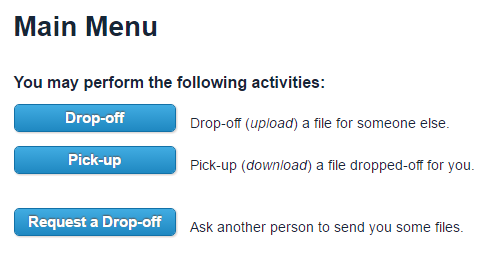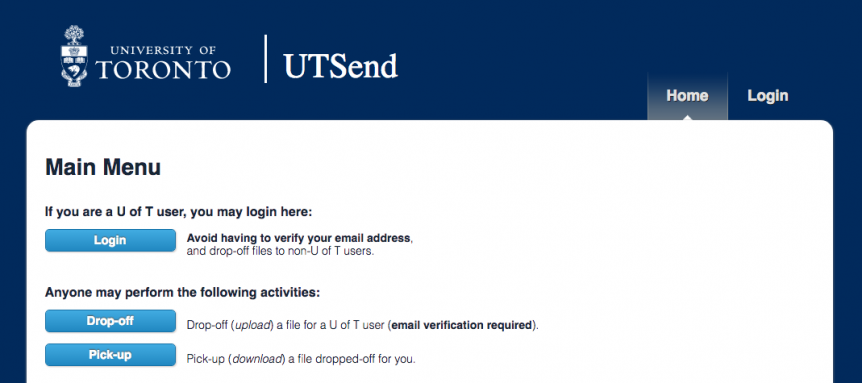Ever get a computer virus from an e-mail? Know someone who has? The answer to both of these questions is usually a resounding “yes.”
Despite the fact that e-mail has been around for a few decades there are a ton of glaring security flaws in one of the web’s most common mediums for communication. E-mail users are susceptible to malicious e-mails known as phishing, fraudulent e-mails from individuals posing as others using a technique known as ‘spoofing’ and infections from malicious computer programs, known as viruses or malware.
Despite the fact that e-mail has been around for a few decades there are a ton of glaring security flaws in one of the web’s most common mediums for communication.
Last Friday at least 45,000 computers in more that 74 countries, including hospitals and other medical care providers were hit with malware, a malicious computer program known as WannaCry/Wcry. True to it’s name the WannaCry malware forces infected users to pay its creators $600 dollars in bitcoin after three days of becoming infected or their files are destroyed permanently.
Malware infections like WannaCry can spread in a number of ways, often by attacking computers with vulnerable connections to the Internet, or though e-mail attachments.
The timely demands of our academic and/or professional lives, not to mention the limited security of e-mail contribute heavily to the possibility of becoming infected with ransomware through malicious e-mail attachments.
Like last week, we always recommend that you treat all file attachments like strangers at your door. Ask yourself: “Was I expecting a file from the person?” Instead of blindly opening the attachment call or text the sender to confirm that they sent you a file. Remember: taking 30 seconds could save you hours trying to fix your PC, or in this case $600 dollars.
The other approach you might want to consider is ‘detaching from attachments’, the slogan of the Tibetan Action Institute, which encourages individuals to avoid sharing files over e-mail and instead use a storage service.
Detach From Attachments! English subtitles from Tibet Action Institute on Vimeo.
If you are a student, staff or faculty member at the University of Toronto you have access to https://send.utoronto.ca, a utility that allows you to share files with others at the University.
If you are a student, staff or faculty member at the University of Toronto you have access to send.utoronto.ca, a utility that allows you to share files with others at the University. “Send” is incredibly useful because it allows you to share files with other U of T users over the University’s network, making it ideal for transmitting academic or professional data, even sensitive information including intellectual property and research data can be shared using this service, provided you use an additional layer of encryption to protect it.

Drop-off allows you to upload a file that you want to share with another user.
Pick-up allows you to retrieve a file someone has sent you using send.utoronto.ca.
Request a Drop-off allows you to send a notice to another person that you’d like them to send you a specific file.
send.utoronto.ca is useful for numerous reasons:
- It provides you with an additional layer of security by keeping potentially malicious e-mail attachments out of your inbox.
- It can be used to store files up to 500 megabytes, helpful for sending large files that won’t fit in an e-mail attachment.
- It stores the files on the University of Toronto’s network.
- It allows you to share the files with anyone once they have the ‘Claim ID’ and ‘Claim Passcode’.
- It allows you to exchange sensitive, personal or private information involving University research or business provided it is encrypted.
Keep in mind:
“Send” only hosts files for 14 days before they are deleted, so it is not suitable for long-term storage. Additionally, send cannot be used to exchange copyrighted material that you do not have permission to exchange including books, music or any other kind of copyrighted media.

